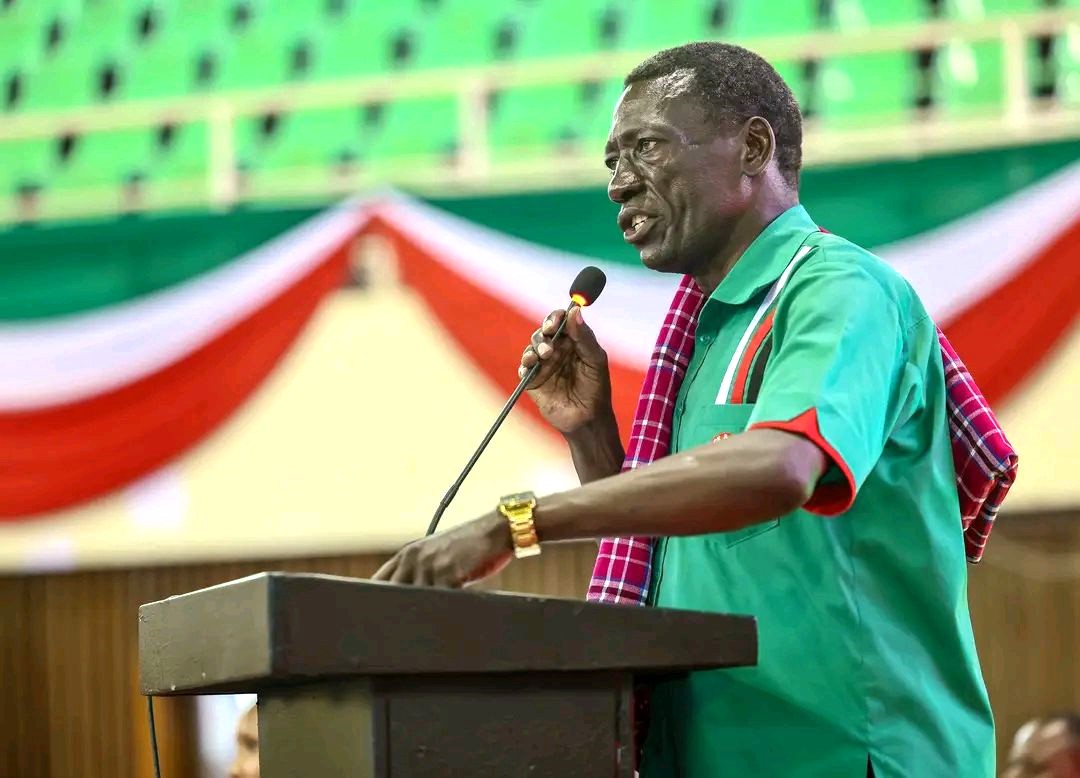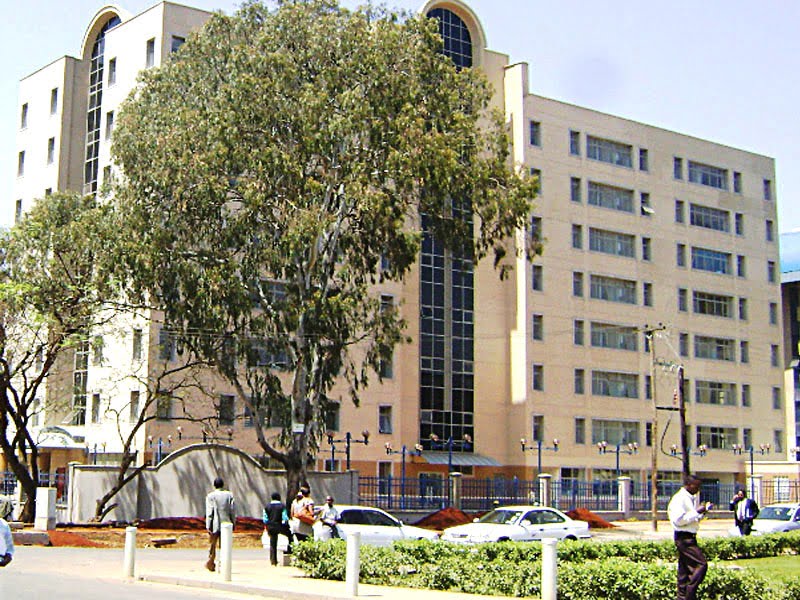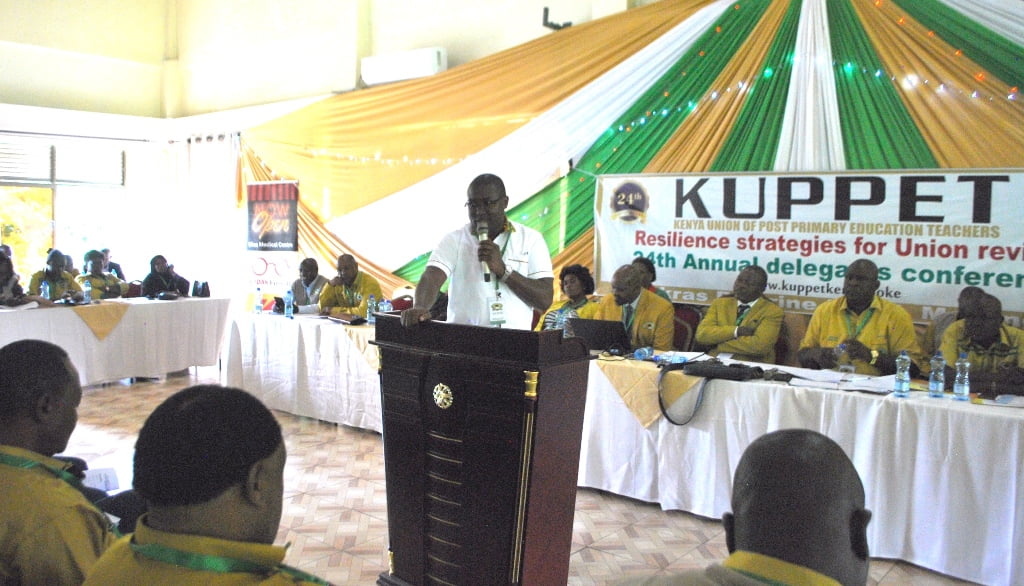Handing and taking over of Senior Schools by Heads of Institutions (HoIs) or Principals formed the central plank of my 23rd treatise on Competency-Based Education (CBE). For when this exercise is successful, it ensures there is a smooth transition in change management in Senior Schools (Grades 10-12). The process should be transparent and systematic. It should also be documented so as to enhance continuity in management, accountability and school’s overall performance. The policy document titled Guidelines for Implementation of Senior Schools explains how Senior Schools should handle this important matter.
Foremost, the leadership of Senior Schools should know the raft of regulations governing handing and taking over process. This is clearly brought out in various laws such as: Public Finance Management Act (2012), Basic Education Regulations (2015), Public Procurement and Disposal Act (2015), Leadership and Integrity Act (2012), Employment Act (2007) and Employment and Labour Relations (2011).
Secondly, a detailed handing and taking over plan should be prepared. It should spell out the key areas of responsibility, assets and finances. More so, pending bills and on-going projects. The plan should specify the timeline for the handing and taking over so as to ensure that all the necessary tasks are completed in an orderly manner.
Thirdly, the out-going and in-coming Principals should work together to prepare for handing and taking over. They should ensure that the transition is smooth and without any disruption of school operations. In case there are unresolved conflicts between the out-going and in-coming HoIs, MoE and TSC may step in to mediate; to ensure there is a smooth and fair transition.
Consequently, handing and taking over process involves transfer of key responsibilities, documentation and sharing of useful information to the in-coming HoI. The in-coming HoI must ensure that there is continuity in leadership and that school operations continue without disruption. There should be maintenance of existing programmes, resolving any on-going issues, and building on foundation laid by the out-going HoI. A formal handing and taking over ceremony should be held, where the out-going HoI will officially transfer responsibilities to the in-coming HoI in the palpable presence of key stakeholders such as BoM, PA and school staff.
Audit exposes compliance gaps in Kenya’s medical training institutions
Moreover, notice of transfer of HoI should be submitted to MoE to initiate the financial audit of the institution’s books of account. Financial audit should be conducted before handing and taking over and a clearance certificate issued to the out-going HoI. Any audit issue noted, should be handled before release by TSC, and PS (accounting authority) informed by the school auditor. Any discrepancies arising after handing and taking over should be handled by County Director of Education (CDE) and internal auditor pronto.
Furthermore, the in-coming HoI should familiarise themselves with school policies, practices, programmes and culture. As well as engage with stakeholders – BoM, teachers and students – to understand their expectations and concerns. The accountability of handing and taking over is only deemed complete when the out-going HoI hands over to the in-coming HoI all the outlined reports, accounting and financial records, and necessary forms witnessed by MoE and TSC officials. The in-coming HoI shall present the certificate of clearance to the Sub-County Director of Education (SCDE) for introduction as a signatory to the school bank accounts. The taking over and handing over report should be signed by both the out-going and in-coming HoI. The exercise should be witnessed by BoM chairperson and a representative from Ministry of Education and TSC. Copies should be retained for future reference.
Then, a report is to be handed over to the in-coming Head of Institution that deals in the following major areas: The Academic performance for the past 3 years. Highlighting students’ performance in national assessment, internal assessment and any other special academic programmes. The on-going academic programmes and teacher-professional development initiatives. Staffing levels, including subject teachers, class distribution and academic staff performance.
Likewise, there should be a detailed statement of the school’s financial records, backed by the latest audited financial reports, budgets and bank account statements, cheque books, fee collection records, outstanding debts, government capitation funds and bursary allocations. There should be school assets and liabilities statements including loans or pending payments, a reconciled petty cash balance for the school and all relevant financial documents plus contracts.
Why teenage and irresponsible sexual behaviour rises during school holiday
Additionally, there should be details of school assets and infrastructure. A complete inventory of school’s assets including classrooms, dormitories, laboratories, libraries, buildings, vehicles and equipment; any on-going infrastructure project or planned maintenance work with information on the budget, contactors and expected timelines; the condition of the school’s physical infrastructure to be inspected and any pressing needs such as repairs and renovations noted. Worth featuring, is the details of all teaching and non-teaching staff capturing: employment contracts; staff files and records showing salaries, allowances and leave days; staff discipline, any on-going disputes or pending matters with the TSC. Then, BoM-approved projects, PA fundraising activities, and any other agreements or commitments made with stakeholders such as suppliers and donors. Then, any on-going legal matters or agreements with school’s stakeholders.
More importantly, there should be a full list of all students: Personal files and academic performance records. By the same token, information on student discipline, welfare issues, heath matters and on-going counselling and guidance programmes. Then, details on school’s boarding facilities capturing student housing arrangements, reports on conditions of dormitories and general welfare of students. Records of meetings and resolutions from BoM, PA and Student Council should feature.
Finally, there are documents for handing or taking over financial assets (cash balances and bank accounts) and physical assets (vehicles, buildings and equipment) among others. Any existing contracts with third parties such as suppliers, service-providers and maintenance companies. Upon taking over, the in-coming HoI must conduct thorough inspection of the school’s assets and records to verify their accuracy. Any discrepancies or issues found during the inspection should be noted and reported to the BoM and MoE for further review.
By Victor Ochieng’
Victor Ochieng’ is an Educational Consultant. He is a speaker in Principals’ Conferences. He assists schools to write new, or review existing Strategic Plans. For cordial considerations and consultancy, contact: vochieng.90@gmail.com. 0704420232
You can also follow our social media pages on Twitter: Education News KE and Facebook: Education News Newspaper for timely updates.
>>> Click here to stay up-to-date with trending regional stories
>>> Click here to read more informed opinions on the country’s education landscape
>>> Click here to stay ahead with the latest national news.






